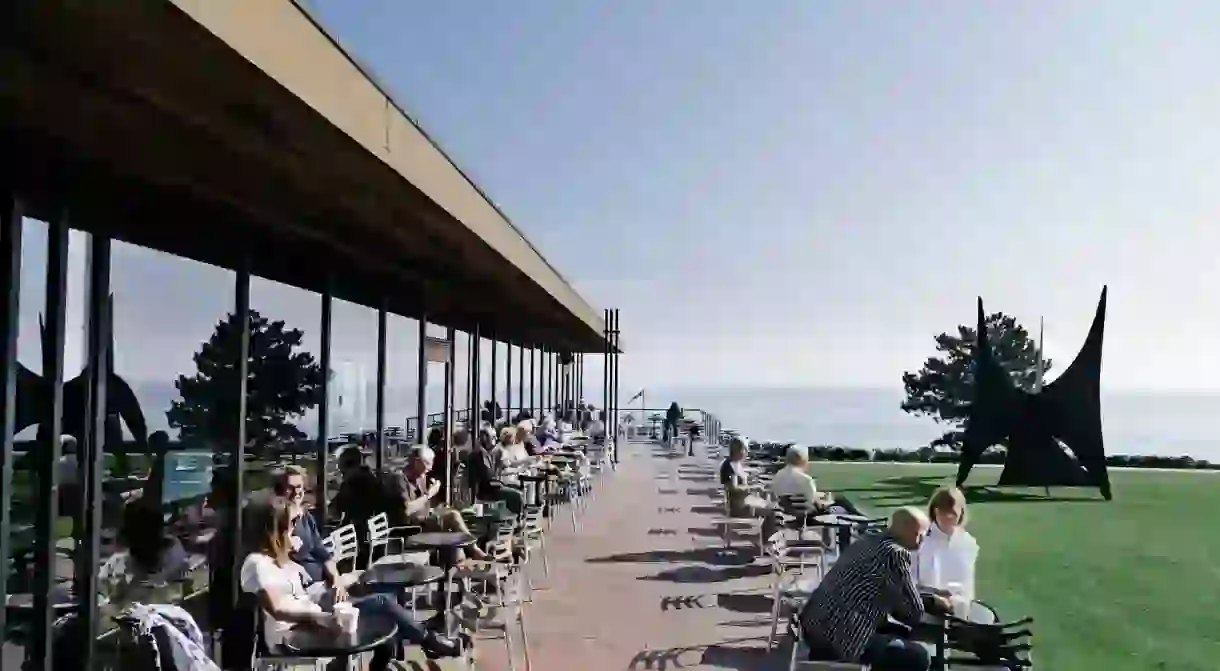North Zealand Is Denmark's Riviera You Need to Know About

North Zealand, or as most people call it, ‘The Danish Riviera’, is the part of the country that combines stunning landscapes of endless sandy beaches with some of the most significant cultural sites and museums every tourist must visit. Being home to three of the most stunning castles, North Zealand seems to have always been a favourite spot for the Danish elite and still preserves its beauty.
Zealand is Denmark’s biggest island and is where Copenhagen is proudly located. The island’s northern part has rightfully become a quite popular tourist destination either for one-day trips from the capital or as the main destination for those who want to explore the Danish culture while at the same time enjoy the coastal landscapes and scenic fishing villages. Gilleleje, Helsingør and Hillerød are definitely the ‘stars’ of the island’s northern region and each one of them has its own style and beauty.
So why is North Zealand the Danish Riviera?
Three of the country’s most spectacular castles are nestled in the island’s northern spot and each one of them has its own stories and legends about the queens and kings who once lived there.
Frederiksborg Castle is the first castle you’ll see on your way from Copenhagen to the north. The majestic 17th-century castle is called Denmark’s Versailles and for good reason. Not only is it the largest Renaissance castle in Scandinavia, but it’s surrounded by the impressive Frederiksborg Palace Garden.

Less than 15 minutes away from Frederiksborg Castle stands another spectacular building – the baroque-style Fredensborg Palace. Even though Fredensborg is still used as a residence by the royal family, visitors can take a stroll at the Palace Gardens, the Baroque Gardens and the Valley of the Norsemen all year round and to the Private Gardens in July and in August.
Perched on the tip of Zealand is Kronborg Castle, a UNESCO World Heritage Site widely known for being the set of Shakespeare’s Hamlet. It is a place of great history, though it’s unknown whether the English poet ever actually visited the castle. But the stories and legends about the inhabitants of the castle reached all the way to England and inspired him to write one of the most known plays of all times. Nowadays, visitors to Kronborg Castle can take a guided tour into the dark cellars and vaults and listen to the same stories that four centuries ago inspired the renowned writer.
Aside from the three magnificent palaces that are a real testimony of the history of Denmark, North Zealand’s cultural scene has even more to offer. A stone’s throw away from Kronborg Castle stands the Maritime Museum of Denmark. The modern architecture building offers a unique experience to its visitors, who have to go underground in order to roam the several exhibitions and installations that present the story of Denmark as one of the leading maritime nations of the past.
Moreover, the country’s most visited museum, Louisiana Museum of Modern Art, is situated on the northern coast offering a great view over the Øresund strait. The world-class museum displays artworks by renowned Danish and international artists of the modern art scene with both permanent and temporary exhibitions, while its unique location is a reason on its own to visit the museum.

What about North Zealand’s landscape?
What makes North Zealand a real favourite not only among art lovers and history buffs but for all kinds of travellers, is that all the aforementioned cultural sights are situated among stunning landscapes of coasts, forests and lakes. Some of the country’s most popular beaches like Tisvildeleje Beach, Dronningmølle Beach and Gudmindrup Beach span the northernmost coast while Gilleleje, the picturesque fishing village with the narrow streets, is home to a number of beaches, most of which are suitable for kids. Esrum Sø, Denmark’s second-largest lake, surrounds Fredensborg Castle and creates a unique scenery, and Hornbæk Lake in the homonymous city are also two of the most beautiful gems in the region every nature enthusiast should visit. Hike at Grib Forest (Gribskov), Denmark’s fourth-largest forest, and discover the hidden paths at Troldeskoven, the vast forest with the peculiar trees.
All over North Zealand, you’ll find plenty of choices for active holidays as well as numerous spots for relaxing and soaking up some sun while the scenic cities brim with local eateries that will introduce you to the local cuisine with some real traditional Danish delicacies.

North Zealand isn’t just like any other Riviera
Even though the term ‘Riviera’ is often linked to the words ‘glamour’, ‘expensive holidays’ and ‘luxurious resorts’, the Danish Riviera refutes this theory. Of course, those who want to give themselves a special treat will find plenty of options but that doesn’t mean that the island’s northern region is an ‘unapproachable territory’ for those who are travelling on a budget.
Unlike the French or the Italian Riviera, for example, North Zealand isn’t as touristic so prices haven’t hit the roof yet (not even in Helsingør – the Danish Riviera’s most modernized city) and most of its towns still preserve the authentic atmosphere. Moreover, its long sandy beaches never feel packed, even though they attract a great number of tourists and locals, and there is always the choice of finding a quieter place away from the crowd.
Finally, while most people choose to travel to a European Riviera for soaking up the sun and taking a dip, northern Zealand has become so popular because it features some of the country’s most significant cultural sites.














